(VR Wormhole| www.vrcdkj.com) Chips are like the heart of VR devices, especially standalone headsets, as the chip determines the computing power and screen refresh rate.
Major chip companies have been competing since the PC era; Intel was the CPU in the PC era, Qualcomm was the CPU in the smartphone era, and now in the VR era, what is the CPU?
If VR products sell well, perhaps specializing in VR chips will become a new choice for chip manufacturers. According to analysis, 9.6 million VR units were successfully sold this year.
2016 will be a key year for chip manufacturers entering the VR market. Let’s see which main control chips can ultimately prevail and become the leaders in the VR market.
1. Qualcomm Snapdragon 820
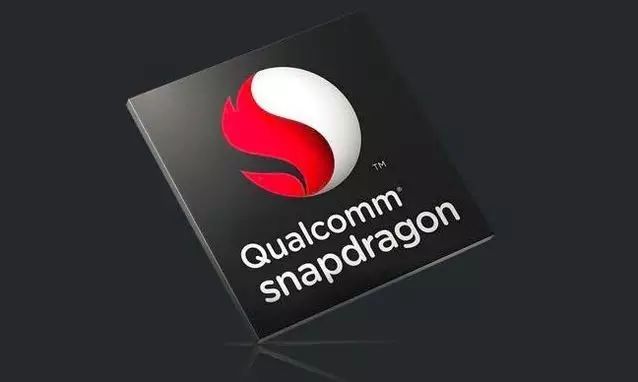 Qualcomm’s performance has always been outstanding. I won’t detail the data here. The NEO all-in-one headset uses this chip. Additionally, Coolpad has announced that it will use this chip for its VR all-in-one product “Any Door”.
Qualcomm’s performance has always been outstanding. I won’t detail the data here. The NEO all-in-one headset uses this chip. Additionally, Coolpad has announced that it will use this chip for its VR all-in-one product “Any Door”.
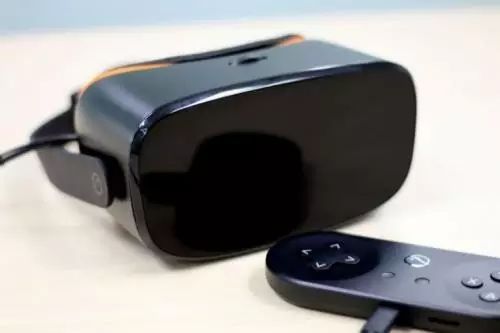 However, the development cycle for the Snapdragon 820 product is relatively long, and the cost is also high, so there are currently very few VR all-in-one products based on the Snapdragon 820 on the market. At present, it seems that only Zhongke Chuangda, Ximton, and solution providers are working on VR all-in-one solutions based on Qualcomm Snapdragon 820.
However, the development cycle for the Snapdragon 820 product is relatively long, and the cost is also high, so there are currently very few VR all-in-one products based on the Snapdragon 820 on the market. At present, it seems that only Zhongke Chuangda, Ximton, and solution providers are working on VR all-in-one solutions based on Qualcomm Snapdragon 820.
2. MediaTek Helio X30
Official news states that the new “Helio X30” is scheduled to be sampled to customers by the end of the year and mass-produced early next year.
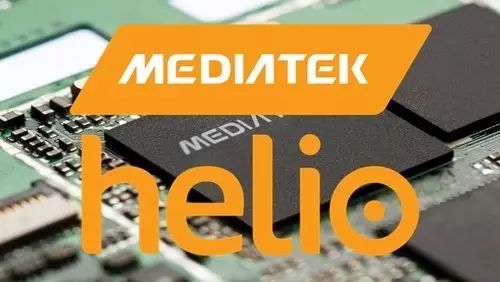 This means that Helio X30 will enter the VR market a year later than Snapdragon 820. Currently, although VR all-in-ones are very popular, after half a year, all major manufacturers have begun to occupy their positions. By next year, entering the all-in-one market will definitely be late, and Helio X30 may miss the best opportunity.
This means that Helio X30 will enter the VR market a year later than Snapdragon 820. Currently, although VR all-in-ones are very popular, after half a year, all major manufacturers have begun to occupy their positions. By next year, entering the all-in-one market will definitely be late, and Helio X30 may miss the best opportunity.
However, if Helio X30 has sufficient competitiveness in terms of price, there is a possibility that many manufacturers will consider switching from Snapdragon 820 to Helio X30 in their next generation products, as has happened in the smartphone market.
3. Samsung Exynos 8890
Samsung is also a star product. If Samsung’s chip production line gets stuck, many mobile phone brands will have a headache.
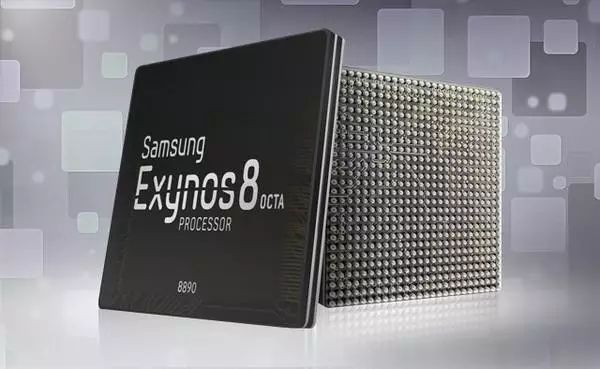
Currently, Qualcomm and Samsung Exynos are the most suitable for the Android platform. Qualcomm is strong in GPU, while Samsung has good power control.
Currently, DPVR’s all-in-one headset uses Samsung’s chip.
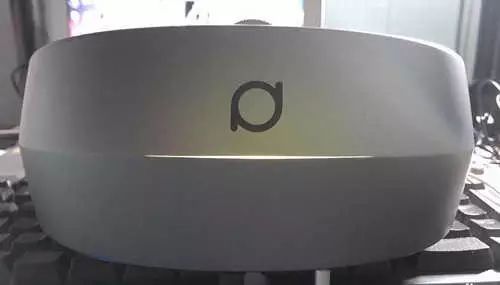
4. STMicroelectronics STM32 Microcontroller
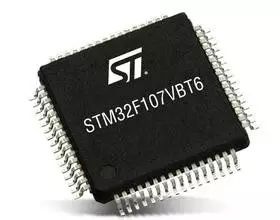 It is said that Samsung’s virtual reality device Gear VR uses the main control chip, which is the STM32F401 A5009V0 TW 435 from STMicroelectronics.
It is said that Samsung’s virtual reality device Gear VR uses the main control chip, which is the STM32F401 A5009V0 TW 435 from STMicroelectronics.
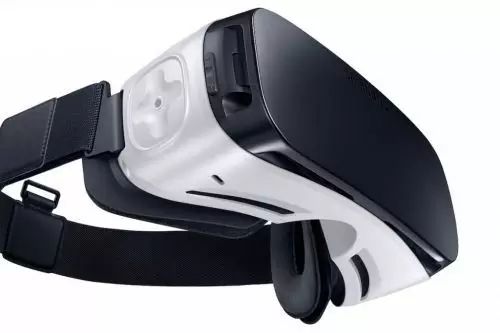 Many other VR devices also use this series of microcontrollers.
Many other VR devices also use this series of microcontrollers.
5. Rockchip
Rockchip’s controller chips are usually used in TV boxes, but in recent years, with the booming VR market, Rockchip also wants to expand its products into this emerging application. The RK3288, previously used in laptops and smart boxes, has taken on this responsibility.
At this year’s CES, Rockchip officially launched a VR solution based on the RK3288 chip.
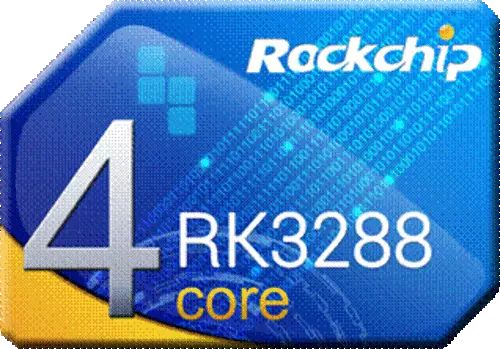
Currently, HiMirror uses this chip.
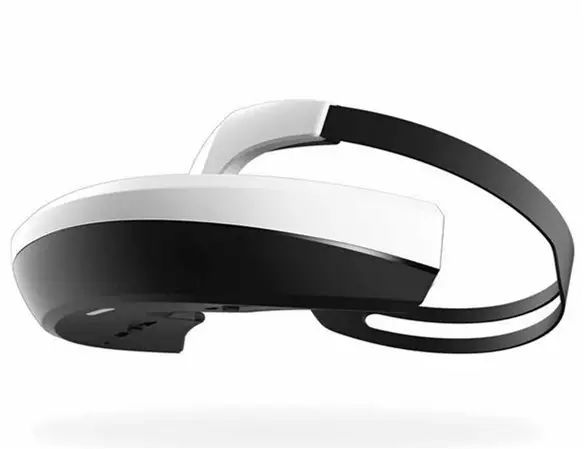
Does using a powerful chip mean that the VR device will definitely perform outstandingly?
After the hardware solutions for VR all-in-ones based on various chips are released, we will see a wave of all-in-one headsets in the market. In fact, this wave of products has already begun to arrive.
However, truly well-made products are rare.
The reason is that chip optimization cannot solve all problems. Just like the highly standardized smartphones, the real difference lies in what hardware manufacturers can do themselves.For example, the rendering speed that VR particularly needs is very difficult to achieve solely by relying on hardware performance. Moreover, power consumption is also closely related to software optimization; relying on process technology to reduce power consumption will become increasingly difficult in the future, and that is also Qualcomm and Intel’s job, so Chinese companies need to focus on optimization.
(VR Wormhole| www.vrcdkj.com)